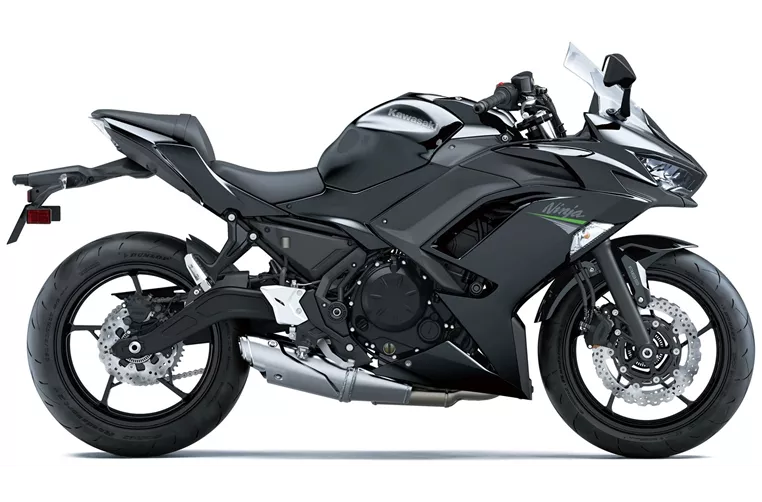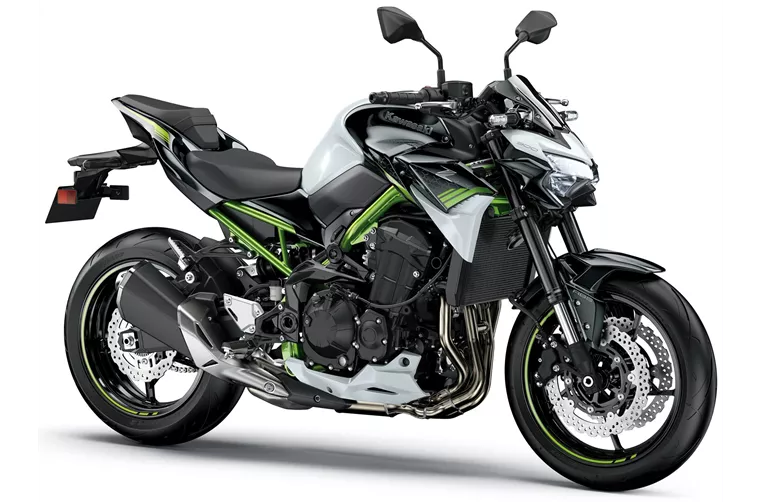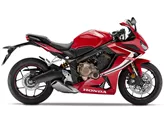Kawasaki Ninja 650 2020 vs. Kawasaki Z900 2020
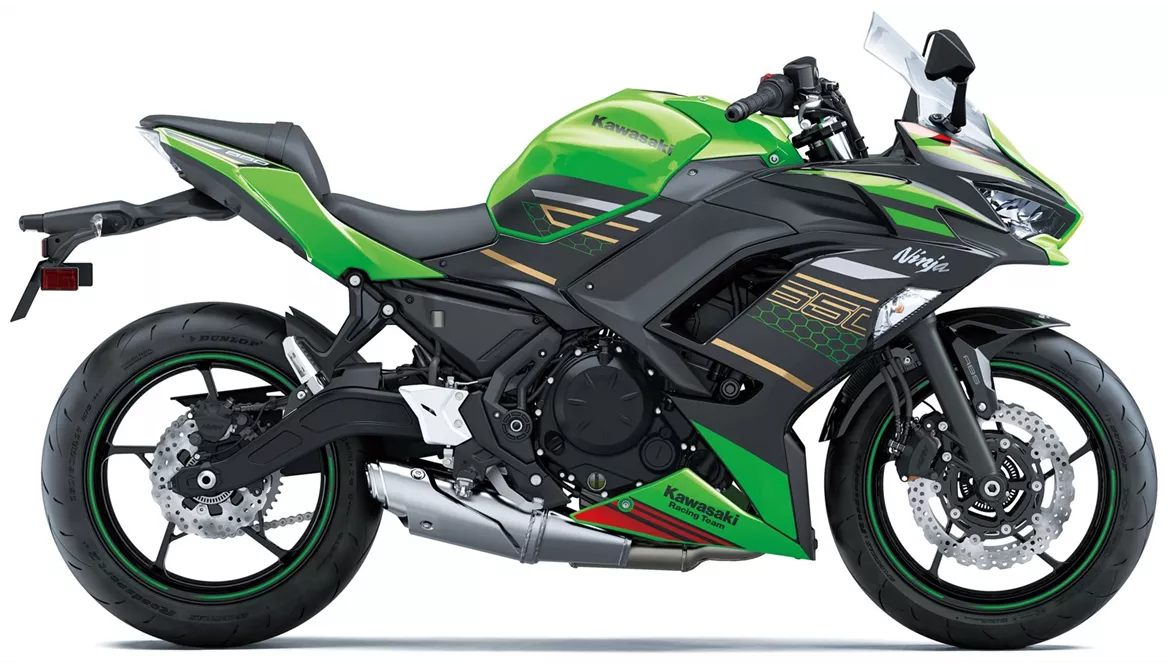
Kawasaki Ninja 650 2020
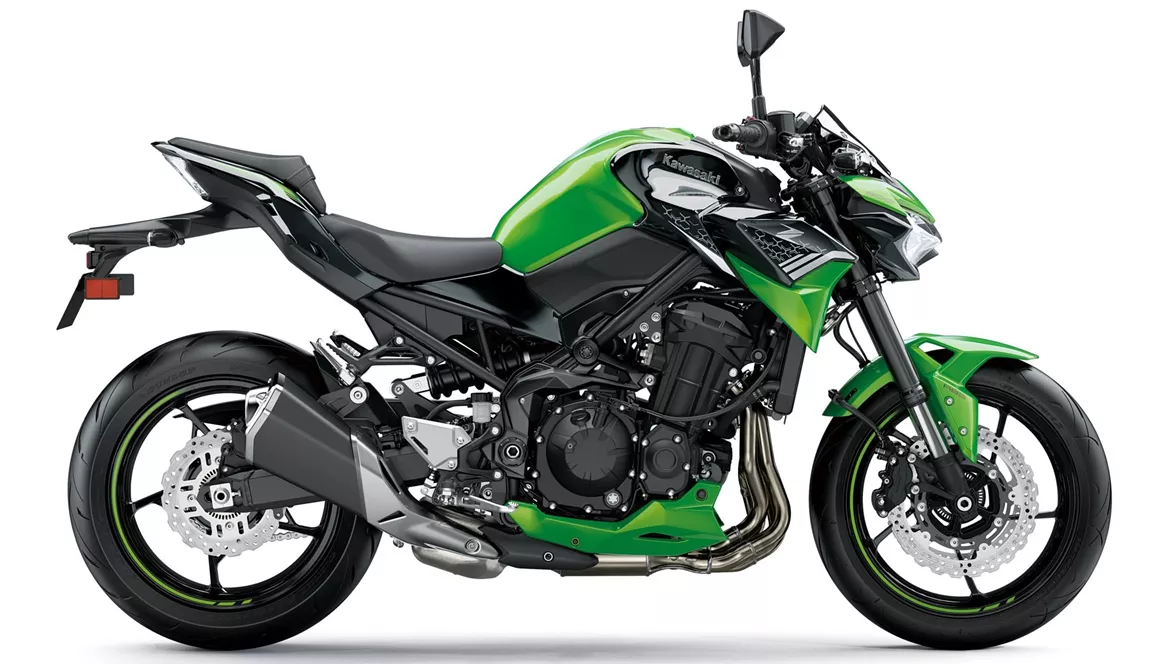
Kawasaki Z900 2020
Overview - Kawasaki Ninja 650 2020 vs Kawasaki Z900 2020
The Kawasaki Ninja 650 2020 and the Kawasaki Z900 2020 are both impressive motorcycles with their own unique features and strengths.
Starting with the Kawasaki Ninja 650 2020, it is one of the last of its kind as it features a powerful two-cylinder engine. This engine has a displacement of 649ccm and produces 68.2 HP of power and 65.7 Nm of torque. The engine is equipped with a fuel injection system and has a compression ratio of 10.8. It also features a liquid cooling system to ensure optimal performance.
In terms of suspension, the Ninja 650 2020 is equipped with a telescopic fork at the front and a swing arm with a monoshock at the rear. The suspension is adjustable for preload. The chassis of the Ninja 650 2020 is made of steel and has a tubular frame type. It has a rake of 65.5 degrees and a trail of 100 mm, which contributes to its stable and agile handling.
The braking system of the Ninja 650 2020 consists of double disc brakes at the front with a diameter of 300 mm and double pistons. The brakes are equipped with petal technology for improved performance. Additionally, the Ninja 650 2020 is equipped with advanced rider assistance systems, including ABS, to enhance safety.
In terms of dimensions and weights, the Ninja 650 2020 has a front tire width of 120 mm and a rear tire width of 160 mm. Both tires have a diameter of 17 inches. The wheelbase measures 1410 mm and the seat height is 790 mm. The kerb weight of the Ninja 650 2020, including ABS, is 193 kg.
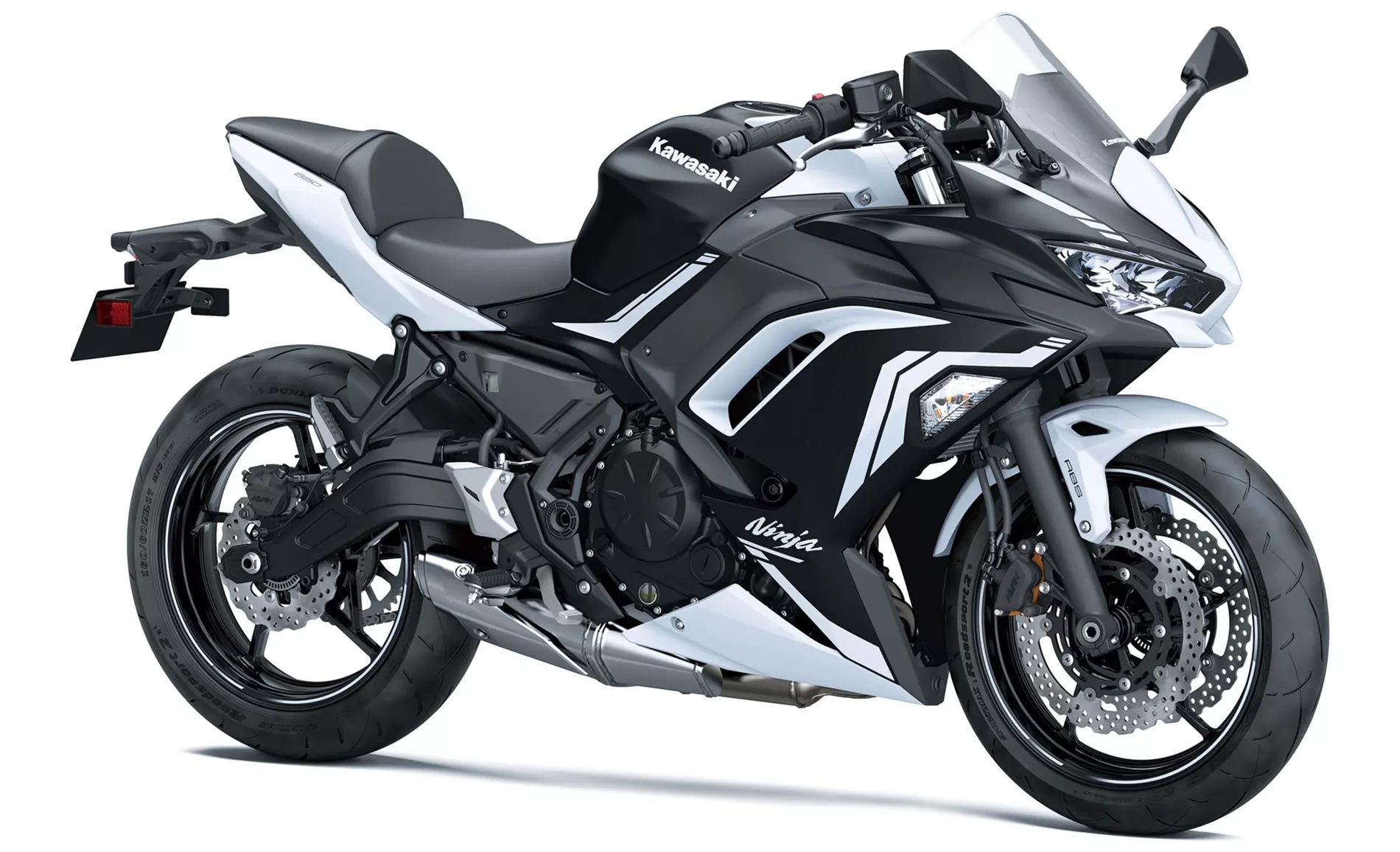
Kawasaki Ninja 650 2020
In terms of equipment, the Ninja 650 2020 is equipped with LED daytime running lights, LED headlights, and a TFT display. The TFT display offers connectivity options, allowing riders to easily access information and control various features. The sporty look of the Ninja 650 2020 adds to its appeal.
Moving on to the Kawasaki Z900 2020, it stands out with its powerful four-cylinder engine. The engine has a displacement of 948ccm and produces an impressive 125.4 HP of power and 98.6 Nm of torque. It also features a fuel injection system and has a compression ratio of 11.8. Like the Ninja 650 2020, the Z900 2020 also has a liquid cooling system.
In terms of suspension, the Z900 2020 is equipped with an upside-down telescopic fork at the front and a swing arm with a monoshock at the rear. The suspension is adjustable for preload and rebound. The chassis of the Z900 2020 is made of steel and has a double cradle frame type. It has a rake of 65 degrees and a trail of 105 mm, which contributes to its excellent handling capabilities.
The braking system of the Z900 2020 consists of double disc brakes at the front with a diameter of 300 mm and four pistons. Similar to the Ninja 650 2020, the Z900 2020 is equipped with petal technology for enhanced braking performance. In addition to ABS, the Z900 2020 also features advanced rider assistance systems such as riding modes, ride by wire, and traction control.
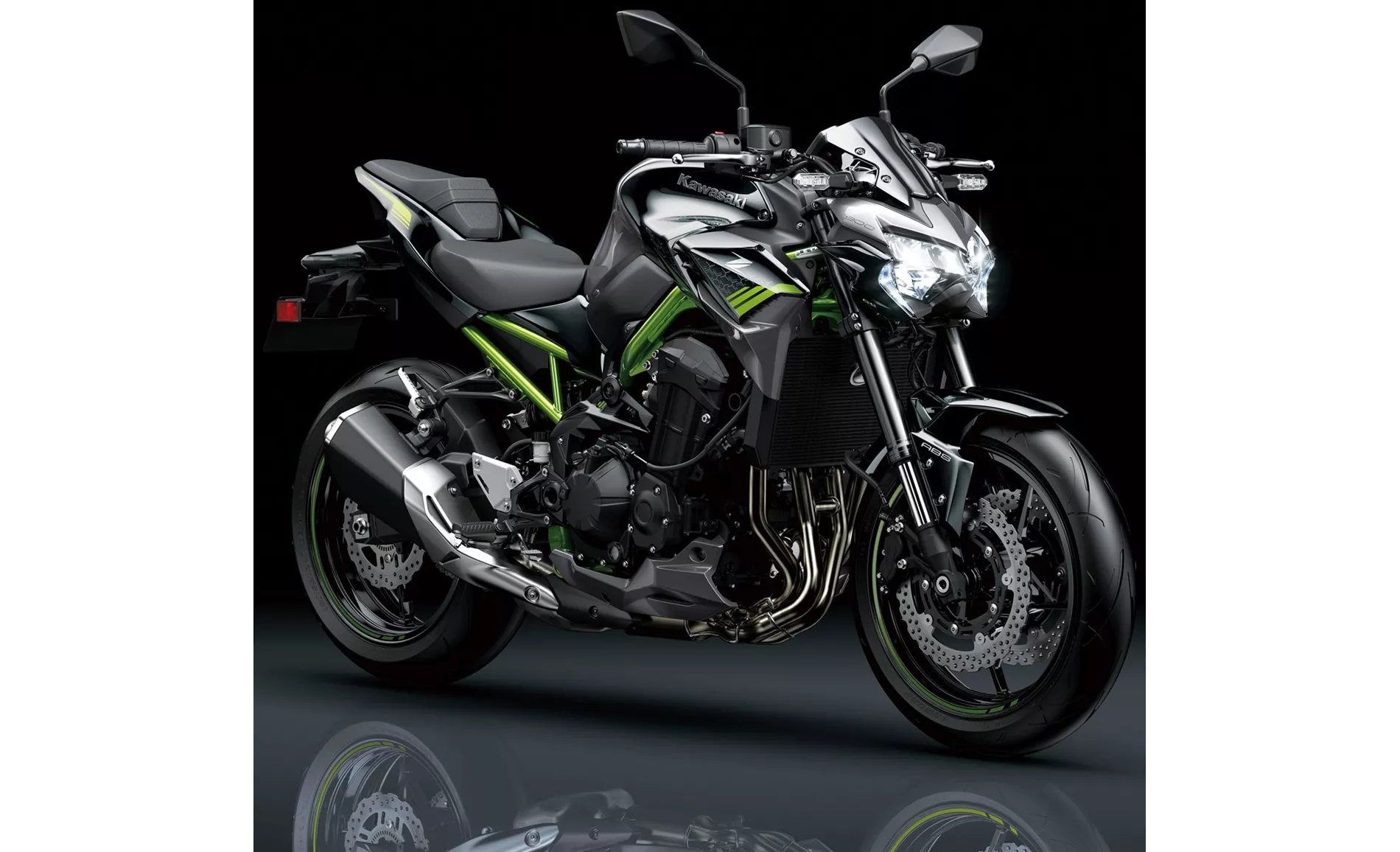
Kawasaki Z900 2020
In terms of dimensions and weights, the Z900 2020 has a front tire width of 120 mm and a rear tire width of 180 mm. Both tires have a diameter of 17 inches. The wheelbase measures 1450 mm and the seat height is 795 mm. The kerb weight of the Z900 2020, including ABS, is 210 kg.
Similar to the Ninja 650 2020, the Z900 2020 is equipped with LED daytime running lights, LED headlights, and a TFT display. The aggressive looks of the Z900 2020 add to its appeal, and it offers great value for money.
While both motorcycles have their strengths, they also have some weaknesses. The Ninja 650 2020 may not be suitable for tall riders due to its overall dainty size. Additionally, some riders have found the front brake pressure point to be less than ideal. The Ninja 650 2020 may also have limited suitability for touring with two people.
On the other hand, the Z900 2020 has been criticized for its somewhat tiring menu navigation. Some riders have also expressed a desire for a quickshifter option, which is currently not available.
In conclusion, the Kawasaki Ninja 650 2020 and the Kawasaki Z900 2020 are both impressive motorcycles with their own unique features and strengths. The Ninja 650 2020 is a powerful two-cylinder supersport bike with a comfortable seat and compact dimensions. It is suitable for beginners and offers a sporty look. On the other hand, the Z900 2020 is a naked bike with a powerful four-cylinder engine, great handling, and good equipment. It has an aggressive look and offers excellent value for money. Both motorcycles are equipped with advanced rider assistance systems, LED lights, and TFT displays. However, they also have some weaknesses, such as limited suitability for tall riders and less than ideal front brake pressure point for the Ninja 650 2020, and somewhat tiring menu navigation and lack of a quickshifter option for the Z900 2020.
Technical Specifications Kawasaki Ninja 650 2020 compared to Kawasaki Z900 2020
Pros and Cons in comparison
Pros and Cons in comparison
Kawasaki Ninja 650 2020
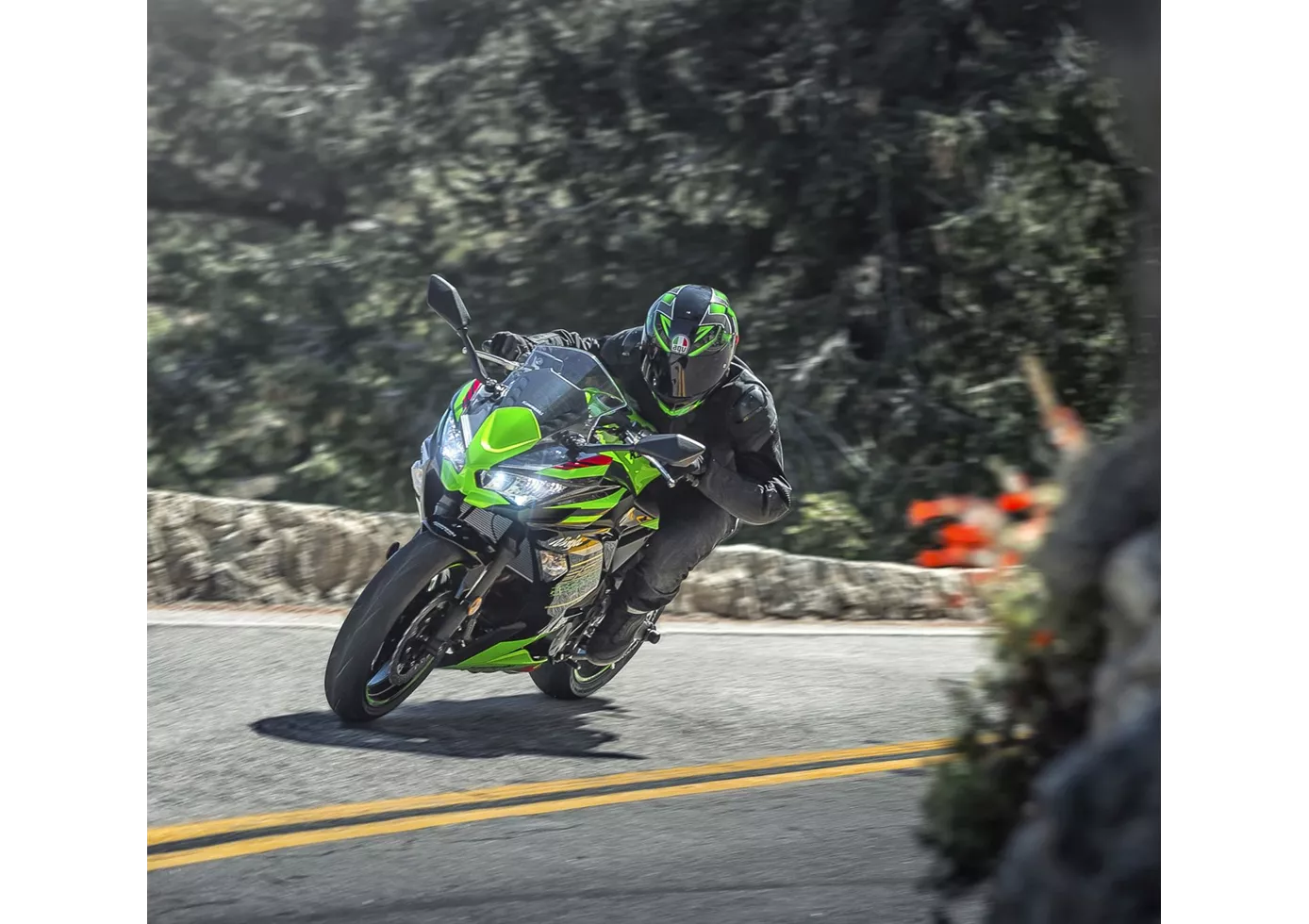
Save the sport tourer! With the Ninja 650, Kawasaki has created an exemplary representative of this class and (hopefully) solved the problem of the new generation. The stable chassis and the decent two-cylinder will delight beginners and advanced riders alike, even at a brisker pace. The front brake is a little too well intentioned, lacking a transparent pressure point despite basically good braking performance. Another plus is the TFT display, which we don't find in the competition at the moment, as well as the grown-up look, which is strongly oriented towards the larger Ninja models.
Kawasaki Z900 2020
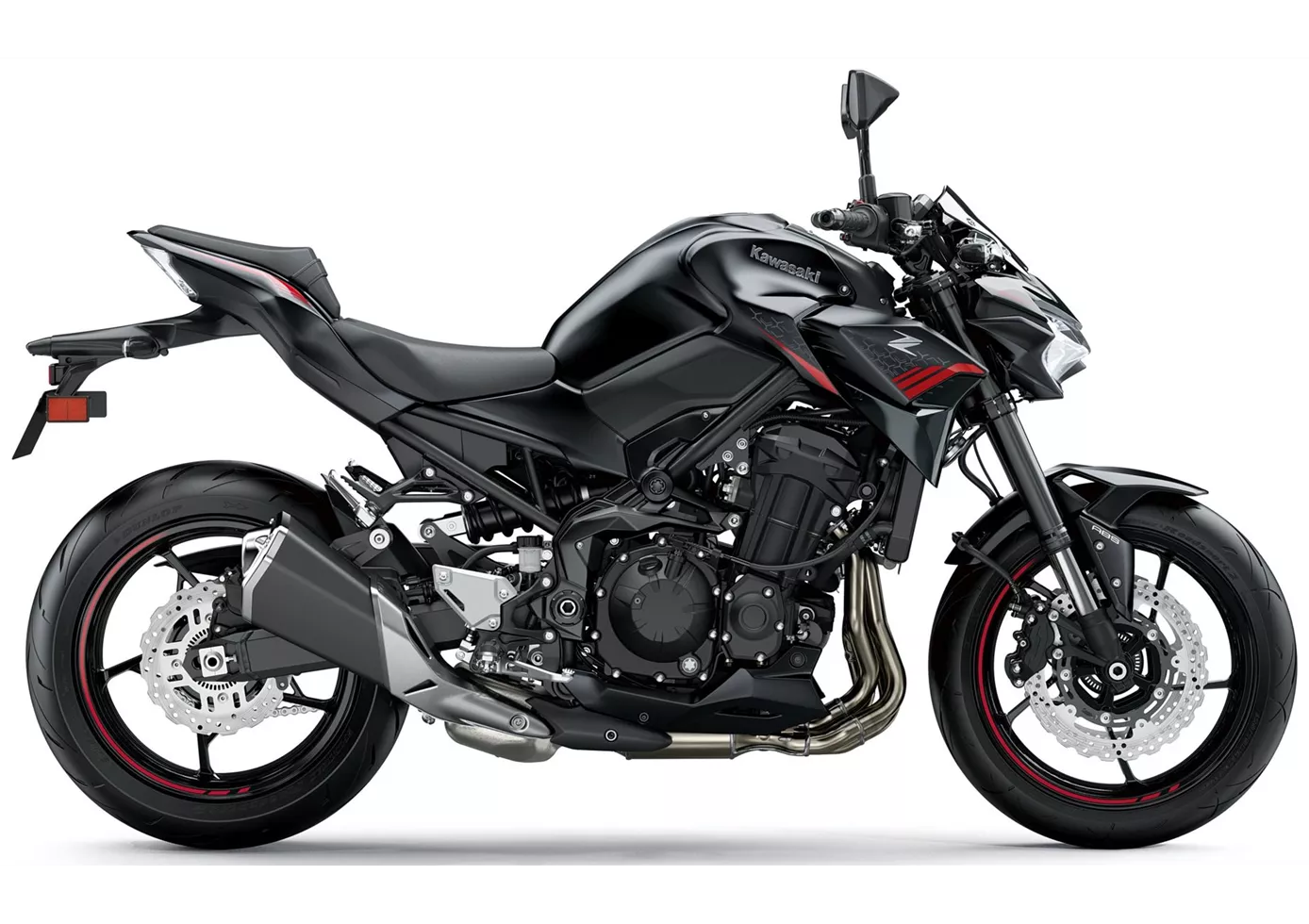
In terms of price-performance, the Kawasaki Z900 is hard to beat at the moment. With the perfectly tuned engine, the high-quality chassis components and the electronics added for 2020, this naked bike offers everything that sporty riders will be looking for. There is really nothing to complain about, even if the option of a quickshifter would have been a nice extra. Apart from that: great shot, Kawasaki!
Price Comparison Avarage Market Price Kawasaki Ninja 650 vs Kawasaki Z900
There are a few key differences between a Kawasaki Ninja 650 2020 and a Kawasaki Z900 2020. In terms of price, the actual average price of a Kawasaki Z900 2020 is about 24% higher. Compared to Kawasaki Z900 2020 there are less Kawasaki Ninja 650 2020 bikes available on the 1000PS.de Marketplace, specifically 10 compared to 34. It takes less time to sell a Kawasaki Ninja 650 with 75 days compared to 124 days for a Kawasaki Z900. Since model year 2017 1000PS.de editors have written 20 reviews for the Kawasaki Ninja 650 and 46 reviews for the Kawasaki Z900 since model year 2017. The first review for the Kawasaki Ninja 650 was published on 04/10/2016 and now has more than 79,600 views. This compares to more than 93,200 views for the first review on Kawasaki Z900 published on 11/11/2016.
